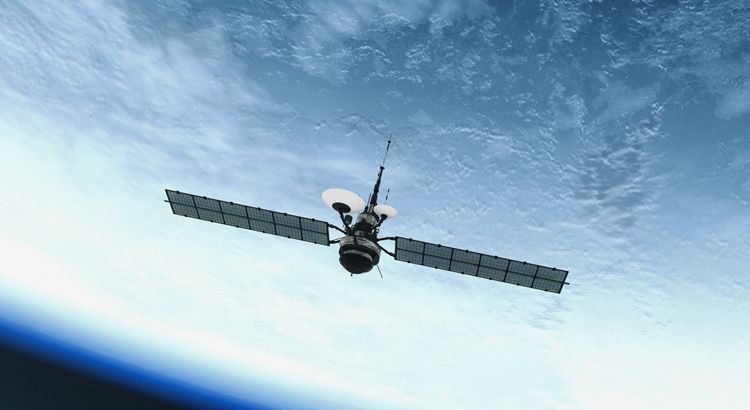
Hiding in plain sight: Our ability to detect surveillance crafts
Mercury Systems
February 28, 2023
From the fabled Trojan Horse to the Ghost Army of World War II to the Russian gift of the “Thing” to a U.S. ambassador, history is rich with examples of intelligence-based deception techniques. The object dubbed a Chinese spy balloon that was recently seen and downed over the U.S. is the newest addition to this long line of missions that succeeded for one main reason: no one expected the unexpected. These balloons initially were successful because in this age of hypersonics, next-generation stealth-bombers and intelligence-gathering LEO satellites, nobody had spy balloons on their mental — or physical — radar.
Eye in the sky: A matter of resource management
Balloons have long been used for many scientific and research purposes, such as astronomy, the study of atmosphere and meteorology patterns, instrument testing and more. For example, NASA’s Wallops Flight Facility, based in Virginia, uses sites around the world to annually launch 10–15 high-altitude balloon platforms for scientific and technology research into our planet, solar system and universe.
It is balloons like these that provided cover for the Chinese spy balloon. U.S. radars could — and did — pick up many of these balloons. However, those radar resources were intended to defend against more modern threats. The presence of a balloon, which could have any number of legitimate scientific purposes, was not likely prioritized in terms of radar resources. Detecting a balloon and classifying it as a surveillance craft or a scientific craft is another level of difficulty.
In fact, the first balloon to make the news in January and early February 2023, due to its presence over the U.S., had been detected by radars. But it wasn’t clear that resources needed to be redirected to focus on it until the balloon made an unnatural turn toward a location over a sensitive site. This example also explains why so many other unidentified aerial objects were detected shortly thereafter: we were looking for them now.
National defense and the importance of microelectronics
The Chinese spy balloon may have relied on an older form of transportation to evade detection or identification, but its purpose and capabilities were as ultramodern. The balloon was full of sophisticated communications interception technology, such as a multiple antenna array capable of collecting and geo-locating communications. And, according to the U.S. State Department, it was also equipped with “solar panels large enough to produce the requisite power to operate multiple active intelligence collection sensors.”
The situation highlights how important sophisticated, advanced and secure microelectronics are to the defense of our nation. Mercury Systems is investing in the research, development and production of next-generation system components such as direct RF, space storage data recorders, system-in-package (SiP) devices and rugged edge servers — products that are vital to enhancing existing capabilities or adding new abilities to such defense platforms as radars, satellites, and command and control.
Listen and learn more about why this is so important as Mercury Systems CEO Mark Aslett discusses national security challenges and opportunities on Defense One Radio.







 Mercury CEO Mark Aslett Discusses National Security Challenges and Opportunities on Defense One Radio
Mercury CEO Mark Aslett Discusses National Security Challenges and Opportunities on Defense One Radio CHIPS Part 1: National security and the state of domestic chip manufacturing
CHIPS Part 1: National security and the state of domestic chip manufacturing